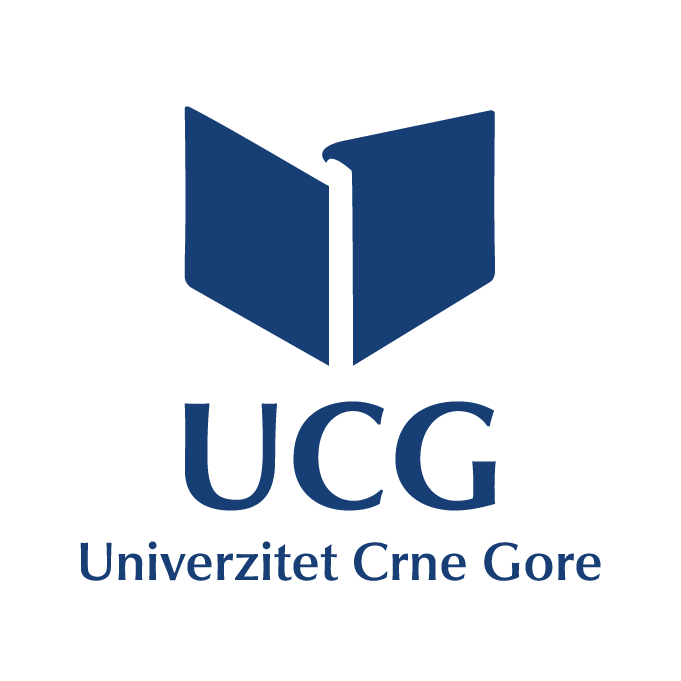Project partners
Boosting digital and green skills for a resilient and sustainable Western Balkan society 2025-2028
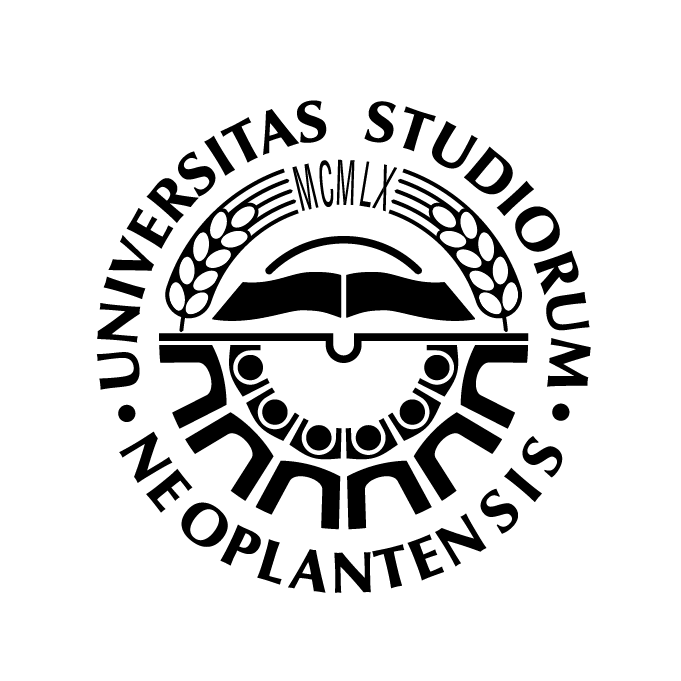 The University of Novi Sad (UNS), founded in 1960, is one of the largest education and research centers in Central Europe, with over 50,000 students and 5,000 employees. It includes 14 faculties, 3 scientific institutes, and around 250 laboratories. UNS offers approximately 400 accredited study programs at Bachelor, Master, Specialist, and Doctoral levels, including interdisciplinary and multidisciplinary studies. It belongs to the group of comprehensive universities, which are characterized by providing nearly all fields of science and higher education.
The University of Novi Sad (UNS), founded in 1960, is one of the largest education and research centers in Central Europe, with over 50,000 students and 5,000 employees. It includes 14 faculties, 3 scientific institutes, and around 250 laboratories. UNS offers approximately 400 accredited study programs at Bachelor, Master, Specialist, and Doctoral levels, including interdisciplinary and multidisciplinary studies. It belongs to the group of comprehensive universities, which are characterized by providing nearly all fields of science and higher education.
UNS is highly active in international research, participating in over 400 ongoing academic and research projects (HORIZON, ERASMUS+, CIP, COST, etc.), along with various mobility programs (Erasmus Mundus Action 2, Campus Europe, CEEPUS III, FORЕCAST, etc.). The BioSense Institute, part of the Faculty of Technical Sciences, was recognized by the European Union as one of the 30 most promising biotech research centers in Europe. Its ANTARES project was the highest-ranked Horizon 2020 project in 2016.
Of special significance to the strengthening of innovativeness is the University’s Science and Technology Park. With the support of the Faculty of Technical Sciences, around 140 start-up and spin-off companies have been founded, mainly in the IT sector, employing young engineers who graduated from the University of Novi Sad. Some of these companies implement projects for large international corporations and have contributed to Novi Sad becoming recognized internationally as a “Software Valley”.
The Faculty of Technical Sciences, established at UNS in 1960, consists of 13 departments, 10 administrative units, 33 research centers and 126 laboratories across eight buildings, and serves over 17,000 students with 1,200 employees. The Disaster Risk Reduction and Research Centre was founded in 2009, followed by the accreditation of the first interdisciplinary engineering study program in 2011. Disaster Risk Management and Fire Safety studies are offered through the Department of Civil Engineering and Geodesy, with support from Department of Industrial Engineering and Management.
The University of Montenegro (UOM) is the oldest and the largest higher education, scientific and artistic institution in Montenegro:founded in 1974,only public/state university in Montenegro,comprehensive university, covering engineering, natural sciences, medicine, social sciences, humanities and arts,19 faculties + 2 institutes,over 20,000 students (70% student population of Montenegro),around 1,200 staff (75% academy + 25% administration and technical staff).
The values of the UOM lie in academic excellence, autonomy, creativity and the freedom to create, as well as in support for teachers, researchers and students to rise their profile in national and international professional public.
The UOM is an integrated university, organized according to the principles of the Bologna Declaration, with curricula harmonized with those at the most respectable European universities. This, as well as numerous agreements and programmes in which the UOM takes part, enables mobility without barriers in the European Higher Education Area for students, teachers and administrative staff. Studies at the UOM are organized at undergraduate, master and doctoral levels, in model 3+2+3.
The UoM is continuously engaged in the restructuring and modernizing all study programmes as well as in their harmonization with modern achievements and the labour market needs.
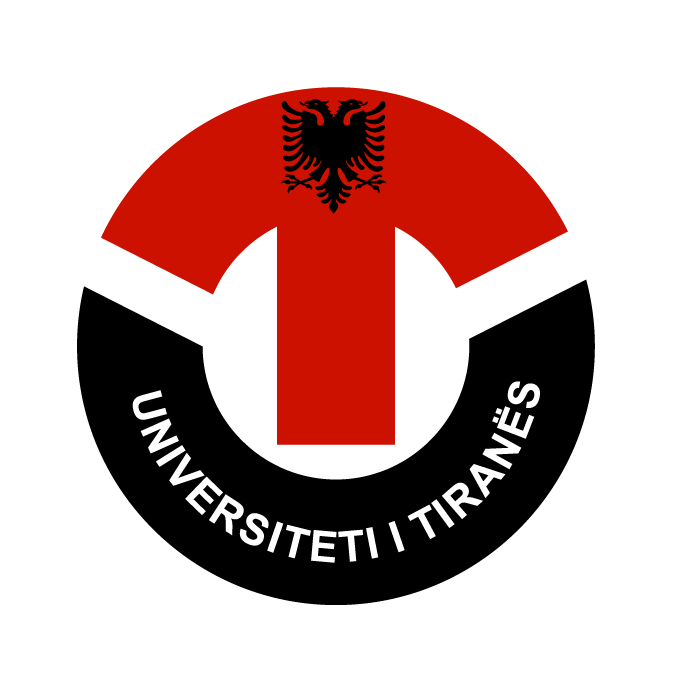
The University of Tirana is the largest university in the country. It consists of six faculties and two institutes and offers over 155 programs in all three cycles of study, with over 790 full-time academic staff and approximately 23,000 students. Thanks to its tradition, high level of qualification, training and certification, the University of Tirana remains the first choice for higher education studies in Albania. The Faculty of Economics (FE), established in 1952, became part of UT in 1957. At that time, FE offered majors only in two branches: Economics and Accounting. During the years that followed, the Faculty was enlarged, and in 1990 it offered majors in six branches. After 1991, FE was reorganized and restructured radically in form and content. Currently, the faculty operates on the basis of new teaching programs, in accordance with the programs of Western Universities, based on the Bologna declaration and adapted to the conditions of the country, offering study programs in all three cycles: Bachelor, Master and Doctorate. The Faculty of Economics has 6 departments: Department of Finance, Department of Accounting, Department of Management, Department of Marketing, Department of Economics and Department of Statistics and Applied Informatics. Today, as a leading academic institution, FE has enrolled a path towards sustainable development education. Its interdisciplinary research teams are engaging progressively in sustainability-related projects, from renewable energy and conservation efforts to social and economic development initiatives.
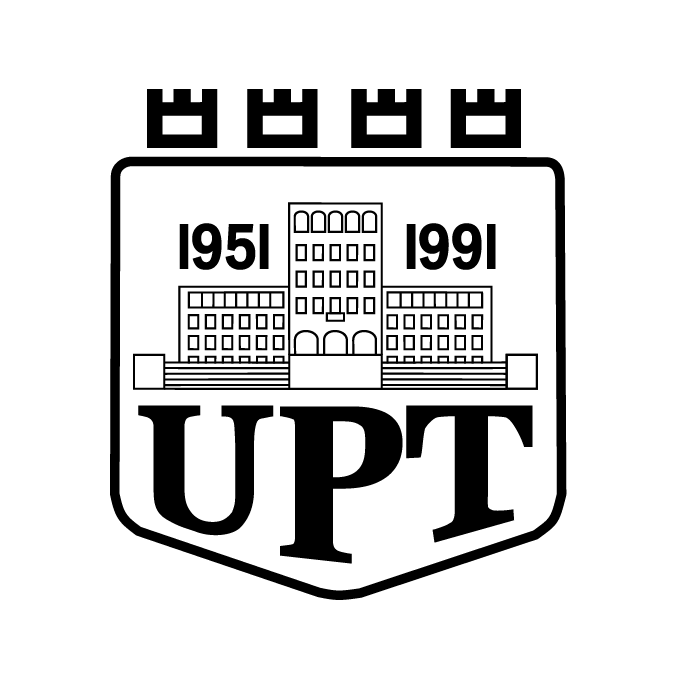
Polytechnic University of Tirana has been founded in 1951 as a state chartered institution in Tirana, under the name of Higher Polytechnic Institute. The Polytechnic Institute consisted of several main engineering schools such as Mechanical Engineering, Electrical Engineering, Civil Engineering and Geology and Mining. In 1957, the State University of Tirana was established by gathering all existing higher schools defining them as Faculties. The Faculty of Engineering integrated into all the former schools of the Higher Polytechnic Institute, where wide spectrum knowledge engineers graduated according to the four respective engineering fields.
Polytechnic University of Tirana (UPT), has been founded in 1991 by the VKM Nr 215, dated 15.07.1991, due to the detachment of all Engineering Faculties from Tirana University and their integration into. It consisted of four faculties: Mechanical Engineering, Electrical Engineering, Civil Engineering, as well as Geology and Mining.In 2007, PUT consisted of six faculties as two of them; Information Technology (FIT) and Mathematics & Physics Engineering (FMEPE) were added to the four existing ones. On the other hand, in accordance with the law “On Higher Education in the Republic of Albania”, no. 9741 dated 21.05.2007, again changes were introduced to the UPT’s organizational structure. Two other scientific structures: the Institute of Energy, Water and Environment (IEWE) and the Institute of Geosciences (IGS) became part of UPT.
In 2011, by Order of the Minister of Education and Science, No. 371, dated 28.07.2011, “On the establishment of the Institute of Geosciences and Energy, Water and Environment (IGEWE), in the Polytechnic University of Tirana”, the two above mentioned institutes were integrated into one.
Finally, in January 2013, by Order of the Minister of Education and Science No. 28, dated 31.01.2013 “On the opening of the Faculty of Architecture and Urban Planning in the Polytechnic University of Tirana”, the Faculty of Architecture and Urbanism was founded as being apart from Civil Engineering Faculty.Polytechnic University of Tirana, in all main units and base units (departments), has records of partnership agreements with foreign higher education institutions through participation in scientific research project with foreign universities aims the expansion of cooperation and improvement of scientific research results quality.
Polytechnic University of Tirana has national collaboration agreements with many partners such as institutions or faculties according to the respective agreements on study programmes and scientific research for their improvement and adaptation with the needs of the labour market in Albania. Being part of many international projects Polytechnic University of Tirana itself has a series of agreements with international counterpart institutions in accordance with the national and international format.
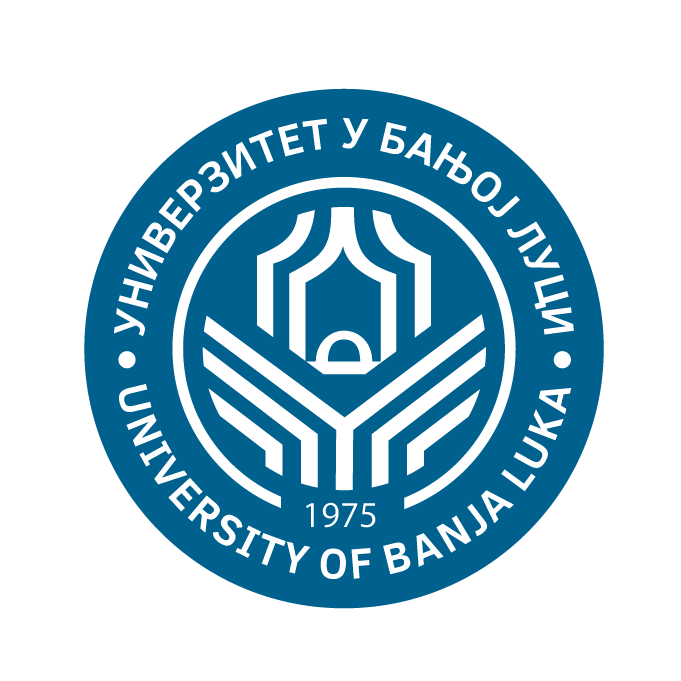
The University of Banja Luka is the leading higher education and scientific institution in the Republic of Srpska and the second largest university in Bosnia and Herzegovina. Prior to its establishment on 7 November 1975, there were several colleges and faculties formed in this area. When it was established, the University comprised five faculties (Electrical Engineering, Technology, Mechanical Engineering, Law and Economics) and three junior colleges. The Faculty of Medicine was established in 1978, and other faculties later: Agriculture and Forestry in 1992, Philosophy in 1994. Architecture and Civil Engineering in 1996, Natural Sciences and Mathematics in 1996, Academy of Arts in 1999, Faculty of Physical Education and Sport in 2001, Philology, Political Science and Mining Engineering in 2009, and the Faculty of Security Science in 2017. Today, the University of Banja Luka comprises 16 faculties, the Academy of Arts and the Institute of Genetic Resources.Classes are offered in 66 first-cycle study programmes, 67 second-cycle study programmes (and two combined study programmes), and 13 third-cycle study programmes (and one combined study programme). Most of the study programmes follow the three-cycle model of 4+1+3, while some faculties follow the 3+2+3 model as well.
At the University of Banja Luka there are currently around 15 000 students from all parts of the Republic of Srpska, but also from abroad. Most faculties of the University of Banja Luka are placed in two university campuses, situated near the banks of the Vrbas river, near the city centre. The campuses include student dormitories with cafeterias, sports courts, student clubs and the University Computer Centre. The University of Banja Luka has all the requisite space, from classrooms and halls, through reading rooms and libraries, to laboratories and computer rooms.
There is around 16 000 m2 of classroom area, and around 10,000 m2 of laboratory area. Most classrooms are equipped with video projectors and computers for viewing digital content. The University also has 20 computer rooms with non-stop access to broadband internet. The University’s libraries hold over 200 000 books and are subscribed to a large number of scientific magazines. Since 2007, the University of Banja Luka has functioned as an integrated university, with its faculties, the Academy of Arts and the Institute of Genetic Resources as members.
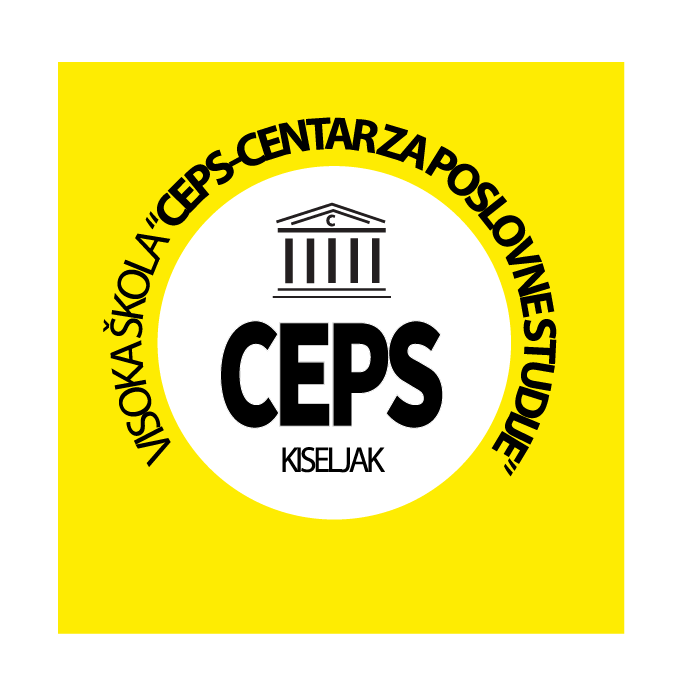
University College “CEPS-Center for Business Studies” Kiseljak (hereinafter CEPS) is a modern accreditedhigher education and scientific institution, established in 2010, which independently conducts programsof basic academic undergraduate studies of the first (I) cycle, according to the Bologna process in three-year and four-year duration of study, such as: Traffic/Transport Engineering, Business Economy,Renewable Energy Sources, Energy Management and Energy Efficiency, Information technology,Criminalistics, Occupational Safety and Fire Protection, and Law Studies. CEPS endeavors to satisfy theneed for producing highly educated professionals who will successfully respond to modern businesschallenges, as well as to raise the quality of higher education in Bosnia and Herzegovina. The CEPS’sDevelopment Strategy (2024-2029) has three main objectives: recognition, innovation, and connectionwith the environment; curriculum development, student-centered; and internationalization,informatization, and quality. Also, according to the Internationalization Strategy (2024-2029), one of itsobjectives is to raise the quality of higher education, to provide high mobility of students, academic andadministrative personnel as well, and to organize and participate in international scientific andprofessional projects. The vision is to become a leading higher education institution in the region,renowned for the quality of its graduates, with the primary business goal of maintaining the quality of itswork in every aspect in the coming period. CEPS tends to develop as an optimal model of vocationalstudies, and must continue to insist on good relationships, contacts, and cooperation within theeconomic environment.
CEPS is an institution that influences the changing awareness of its students and staff regardingsustainable development, environmental protection, and risk management. This is supported by the factthat CEPS has membership in many international organizations and networks, of which we single out:Global waste cleaning network (dedicated to conserving and maintaining healthy oceans, coastlines,lands and the atmosphere for both people and nature), ELTIS (the urban mobility observatory facilitatesthe exchange of information, knowledge and experience in the field of sustainable urban mobility inEurope), CIVINET (transfers knowledge, good practices, and design joint projects that will finance futureactivities of sustainable transport and better mobility). It is also important to note that in 2021, twoprojects were implemented at CEPS in the field of sustainability and environmental protection. Since2019 until now, student conferences on sustainable strategic planning have been held at the CEPS everyyear.Among many Erasmus+ mobility projects, CEPS is also a partner in 5 Capacity Building projects for HigherEducation (STRAND1, STRAND2, VET): 1FUTURE (101082815), GROWTH (101083212), Res-Uni(101179358), CORE-ED ACADEMY (101179359), and SEE-GL (101181098).
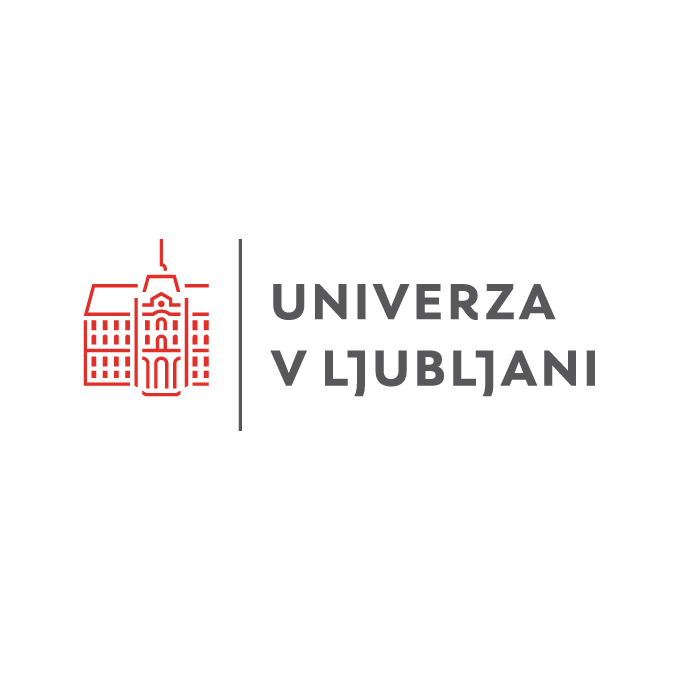
The University of Ljubljana is the oldest and largest higher education and scientific research institution in Slovenia, founded in 1919. It is attended by around 40,000 students and employs more than 6,000 teachers, researchers, assistants, and professional and administrative staff at 23 faculties and three art academies.
The University of Ljubljana is the central and largest educational and research institution in Slovenia. It is renowned for its quality social and natural sciences and technical study programmes. The University of Ljubljana has been listed in the 501-600 group by the prestigious Academic Ranking of World Universities (ARWU); listed in the 801-1000 group in the Times Higher Education (THE) ranking, and placed 596th in the Quacquarelli Symonds ranking.
The University of Ljubljana implements and promotes basic, applied and developmental research and is pursuing excellence and the highest quality as well as the highest ethical criteria in all scientific fields and art. In these areas of national identity the University of Ljubljana specifically develops and promotes Slovenian scientific and professional terminology.Based on its own, Slovenian, and foreign research, the University of Ljubljana (UL) educates critical thinking top scientists, artists and professionals qualified for leading sustainable development, taking into account the tradition of the European Enlightenment and Humanism and with regard to human rights. Special attention is dedicated to developing talents.The UL encourages interdisciplinary and multidisciplinary study, exchanges results of achievements in science and art with other universities and scientific research institutions, thus contributing to the Slovenian and world knowledge treasury as well contributing to the transfer of these achievements among the students and other users.The UL cooperates with organizations from economy and service in public and private sector, with state organizations, local communities, and civil society. With this cooperation accelerates the use of own research and educational achievements and contributes to the social development. With activeresponses to events in the environment represents the critical conscience of the society.
The University of Ljubljana builds and strengthens the academic union of professors, researchers, students and other associates and aims at the university enforcement at home and in the world. The research, education, professional and public activities, as well as the relations between the community members are based on the:academic excellence and the highest possible quality,academic freedom of the academic and other staff and students, especially the freedom of creativity,autonomy in relation to the state, political parties, corporations and religious communities,humanism and human rights including equal possibilities and solidarity and ethical and responsible attitude towards the world.
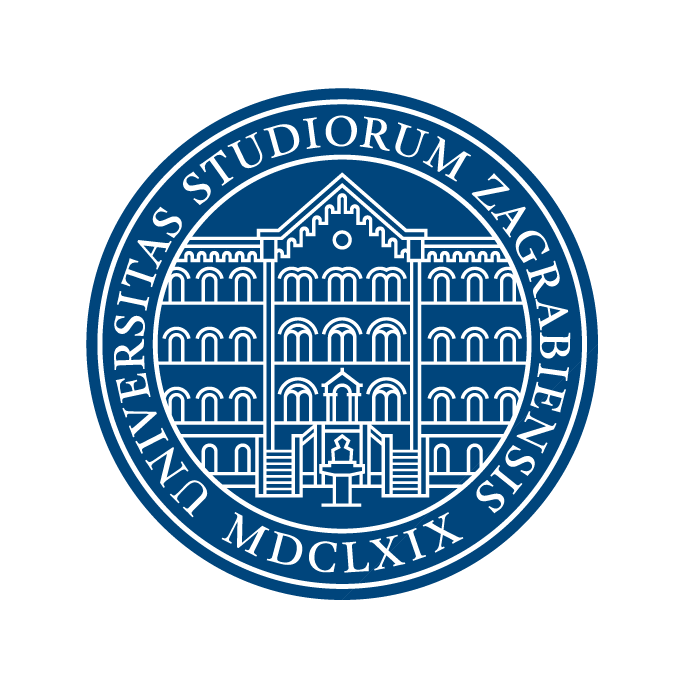
The University of Zagreb is the oldest and largest university in Croatia, comprising 31 faculties, three art academies, various university centres and departments, and over 62,000
students. As a comprehensive public Central European university, it excels in both education and research, contributing more than 50% to Croatia’s annual research output.
The Faculty of Economics & Business (FEB) at the University of Zagreb is the oldest higher education institution in economics and business in Croatia, established in 1920. It is internationally recognized through three prestigious accreditations—EQUIS, AACSB, and EFMD—ranking it among the top 1% of business schools worldwide. The Faculty offers a wide range of undergraduate, graduate, and postgraduate programmes, including those fully taught in English. It has extensive experience in coordinating and participating in EU-funded projects, including Erasmus+, Horizon 2020, Horizon Europe, ESF, and various regional cooperation initiatives. With dedicated support units (International Office, Finance, IT, HR), FEB ensures high-quality project management. The Faculty is committed to internationalization, sustainability, digital transformation, and fostering innovation through interdisciplinary collaboration.
The Faculty of Civil Engineering (FCE) is Croatia’s leading higher education institution in the field, with over 100 years of academic and research excellence. Organised into nine departments, the Faculty provides comprehensive civil engineering education and promotes research-driven innovation. It ranks among the top Croatian institutions in Horizon 2020 success, both in project volume and funding. FCE actively participates in a wide range of national and EU programmes, including Erasmus+, LIFE, UCPM, EEA & Norway Grants, BMWK, EIT, and ESF. The Faculty is known for its contributions to curriculum modernization, policy development, and capacity building. Its strong international profile is supported through projects that promote open science, develop research infrastructure, and build strategic partnerships.
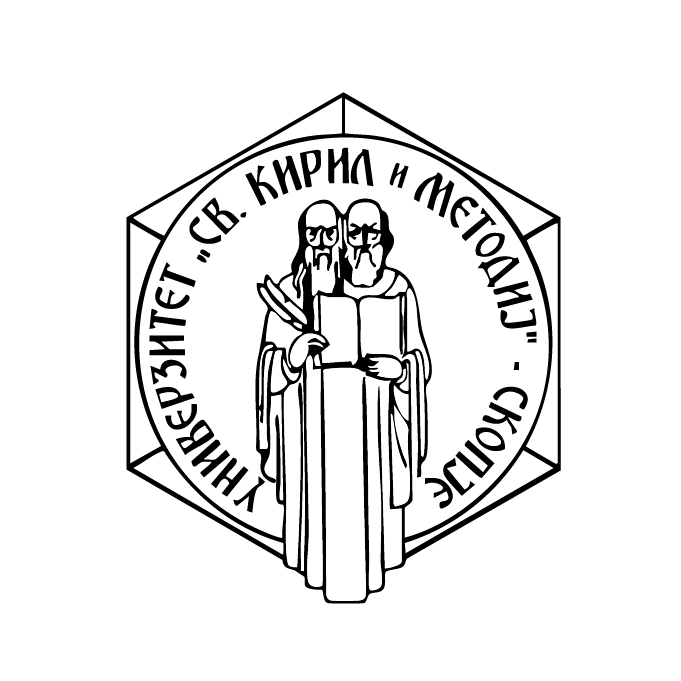
Ss. Cyril and Methodius University in Skopje-UKIM, the first and the largest State University in the Republic of North Macedonia, was founded in 1949. The structure of the University includes 23 faculties, 5 scientific institutes and 12 joining member institutions. Each faculty and scientific institute has organizational units structured on the basis of specific fields and areas of competency.
First, second and third cycles of studies are delivered at UKIM. The teaching activity for 205 first cycle study programmes are delivered at the faculties. In the second-cycle studies are delivered 269 study programmes organized at the faculties and the scientific institutes. The third-cycle studies are organized in the UKIM School of Doctoral studies and include 62 study programmes from all 6 scientific-research areas in accordance with the International Frascati Classification.
In addition to the teaching process, the scientific research is also very relevant for the University and it is carried out at all units of UKIM. The research activity is done by the teaching staff and the students. Through the implementation of fundamental research, the teaching staff is actively involved in obtaining scientific-research projects and research grants. UKIM also has international exchange programme in accordance with the European and international practices and skills in the academic area. This provides the students with opportunity to be involved in European programmes such as: Erasmus or the European Initiative for Exchange of Youth, CEEPUS, Bassileus.
The University was involved in more than 300 international projects such as: Horizon 2020, COST, SEE ERA-Net, SEEFORM, ERA-Web, DAAD, Humboldt0, WetNEST, TAYEX, English Pronunciation Teaching in Europe Survey, INNOVA WOOD, EU-SEE Penta, REELC-ENCLS (European Network for Comparative Literary Studies), FP7, JOINEUSEE etc. The University also has programmes for cooperation with the universities in the region, Europe and the world.
Građevinarstvo – nauka i praksa – GNP

NGO “Građevinarstvo – nauka i praksa – GNP” is a non-governmental association established in 2013 in Podgorica.The aims of the Association are development and encouragement of scientific research, professional and educational work, as well as promotion and presentation of modern scientific and professional achievements in the field of civil engineering and related fields.
The activities of the Association are:
– organizing scientific and professional meetings, congresses, symposia, conferences, seminars, workshops, roundtables and forums,
– publishing activity,
– educational activity,
– international cooperation.
In addition to other activities, the Association in cooperation with the Faculty of Civil Engineering in Podgorica successfully organizes International scientific and professional conferences “Civil Engineering – Science and Practice” for seven times now, with more than 400 participants from 20 countries in previous times.
The aim of conventions is to present contemporary achievements in the scientific and professional field of civil engineering and related fields, especially in the Ex- Yu region and Southeastern Europe, but also beyond.
NGO “Građevinarstvo – naukaipraksa – GNP” is partner in 1FUTURE (jOiNEdForsUsTainability – bUilding climate REsilient communities in WB and EU) project, a European funded project that aims to improve regional capacities in implementing Green Deal goals within the higher education system, initiating action towards the environment, climate change, sustainability, and resilience. This project has received funding from the European Union’s Erasmus+ Programme with Project Number: 101082815-ERASMUS-EDU-2022-CBHE-STRAND-2.
Chamber of Engineers of Montenegro (CEM)

The Chamber of Engineers of Montenegro (CEM) was established by the Law on Construction of Structure, which entered into force on December 10th 2000, while the Constituent Assembly was held ten months later, on October 31st 2021. Its mission is grounded in the Law on Spatial Planning and Construction of Structures which prescribes that the Chamber shall attend to the improvement of expertise and the protection of interests of its members, protection of public interest in the area of construction, enhancement of conditions for the performance of activities in the field of construction and exercise public authorities stipulated by the Law. The Chamber performs the following tasks: 1) improves and ensures vocational training of its members; 2) keeps the registry of the Chamber members; 3) keeps the registry of members with suspended membership in the Chamber; 4) proposes technical base maps for the development of regulations; 5) fixes the amount of membership fee of its members; 6) protects, coordinates and represents interests of its members; 7) adopts the code of ethics and ensures its implementation and 8) governs disciplinary accountability, conducts disciplinary procedures against its members and imposes disciplinary measures. Supervision over the performance of tasks shall be conducted by the Ministry. The Chamber serves as a representative and an agent to its members in the country and abroad and it establishes, maintains and improves cooperation with professional associations of other countries in the field of construction. One of the leading activities performed by Chamber is based on the delegated public authority related to vocational training of its members, as a future precondition for maintaining the engineering licence. At the moment, and in cooperation with relevant Ministry, Chamber is developing legal basis upon which future programs on vocational training will be implemented. Each active engineer working in Montenegro need to follow up on these trainings in order to be actively involved in everyday progress happening in engineering professions. Register of the Chamber gathers over 2000 active engineers with the tendency to increase, which makes our Institution well positioned among our members with the capacity to disseminate knowledge, praxis, achievements, expertise in the framework of panels, seminars, round tables organized on a regular basis. Chamber is improving as well its internal capacities for providing expertise in order to be fully involved in the procedures of the development of regulations launched at the state level, which is why this project could contribute from a multiple aspects to the amelioration of our administrative and functional resources. Chamber of Engineers of Montenegro has highly recognized publishing activity with the professional magazine “Pogled” (The View), which has been published quarterly, during ten years, and represent appreciated platform among engineers for dissemination of information and knowledge and could serve as a good example for the future aims of the Project.
Environmental and Territorial Management Institute (ETMI)
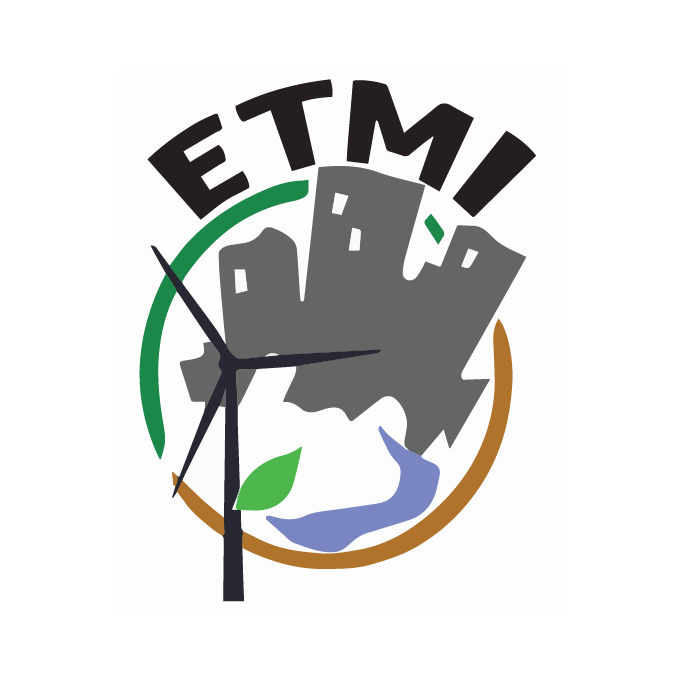
Environmental and Territorial Management Institute (ETMI) is a non-governmental, non-profit environmental organization founded in March 2014. ETMI collaborate with experts in the field of environment, territory, and other related fields to promote environmental territorial management at regional, national and international level in accordance with modern sustainable development standards.
The staff of the organization come from environmental backgrounds where water, energy, food, and climate are the key themes of our work. Our aim is to capitalize the project by collaborating with young people, cities, private sector, universities. Our core themes are green energy, climate and decarbonization, circular economy and agriculture. ETMI is dedicated to the three pillars of sustainable development-economic growth environmental protection and social equity-serving as a catalyst for progress through innovative solutions and strategic partnerships.
To achieve its vision ETMI focuses on three main areas:
- Empowering young people: We produce innovative tools and information/forma methods to empower and engage young people/communities in our key areas through training programs, mentoring/coaching and hands-on experience;
- Support cities: We aim to support cities in researching through producing quantitative data for development of roadmaps in climate mitigation (carbon emission reduction, testing of green technologies), adaptation (natural based solutions), capacity building of main staff;
- Collaborate with research institutes and universities: We aim to advise and collaborate with specialized institutes and universities in producing relevant data and research documents. Furthermore, we aim to capitalize the findings and transfer the information to the local communities.
Chamber of Economy of the Federation of Bosnia and Herzegovina (CEFBIH)

The Chamber of Economy of the Federation of Bosnia and Herzegovina (CEFBIH) was established in November 1999 in accordance with the Law on Chambers as a non-governmental public organization.By law, it represents the interests of the entire economy of the Federation of Bosnia and Herzegovina through ten Cantonal Chambers.All Chambers in the Federation of Bosnia and Herzegovina are legal entities and have a broad mandate to represent and promote the economy of their region.Organizationally, through the Chamber Center for International Cooperation and EU Funds, it works on the implementation of many projects financed by the European Union.The goal of CEFBIH is to support companies in the Federation of Bosnia and Herzegovina in successfully running and growing their businesses.
The Chamber advocates the interests of companies towards government bodies, relevant international organizations, and other institutions, in order to create the most favorable business environment and open new opportunities for its members.
The Chamber has several active branch associations under its wing, including, but not limited to: the Textile, Leather-Processing and Rubber Industry Association, Wood Processing Industry Association, Construction and Construction Materials Industry Association, and the Association of Metal and Electro Industry.
The Chamber also often acts as an intermediary between the business community and the education sector, with the aim of fostering the much needed connection and two-way communication between these two branches and helping companies meet their requirements for qualified, skilled workers.
Chamber of Commerce and Industry of Banja Luka Region

The Chamber of Commerce and Industry of Banja Luka Region (PPK BL) is an independent, professional and business organization and non-profit public-law association of business entities and business associations. The of beginnings of PPK BL date back to 1902, when a Crafts Society with 120 members was founded in Banja Luka.PPK BL is part of the Chamber system of Republika Srpska organized on the European tradition and model of the Austrian and German chambers as a chamber of the so-called continental type with mandatory membership.
The area of operation of PPK BL covers 21 local communities, which represents 8,936 km2, or 36% of the total area of Republika Srpska, where about 700,000 inhabitants or 50% of the total population of Srpska live.
Last year, the Regional Chamber of Commerce Banja Luka had over 6,500 member companies which employ over 100,000 employees.
The main task of PPK BL is to represent the interests of the economy before the legislative and executive authorities, as well as local authorities, in order to create a favorable business environment.
The services that PPK BL provides to its members include promotion and presentation, organization of business missions and B2B meetings, education through seminars, conferences and workshops, business consulting, public authorizations and a number of other activities.
The Chamber operates in accordance with the requirements of the ISO 9001 standard. The Chamber of Banja Luka has participated in over twenty international projects, either as a project holder or in partnership.


